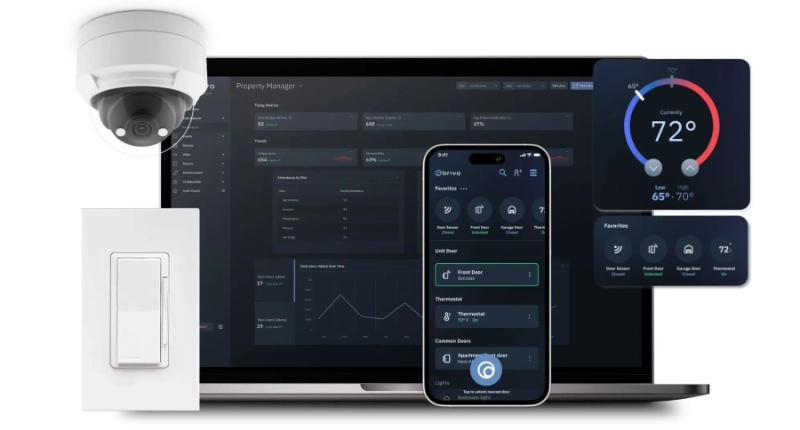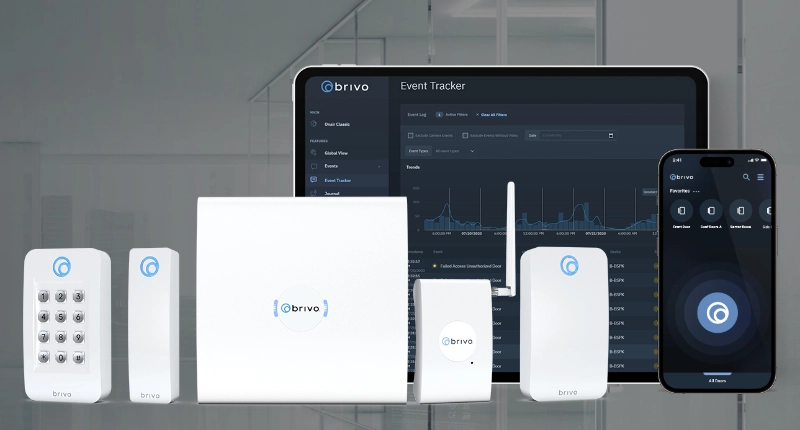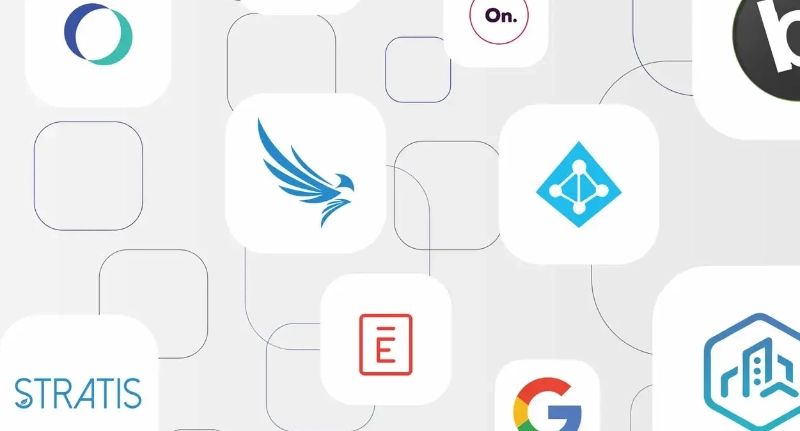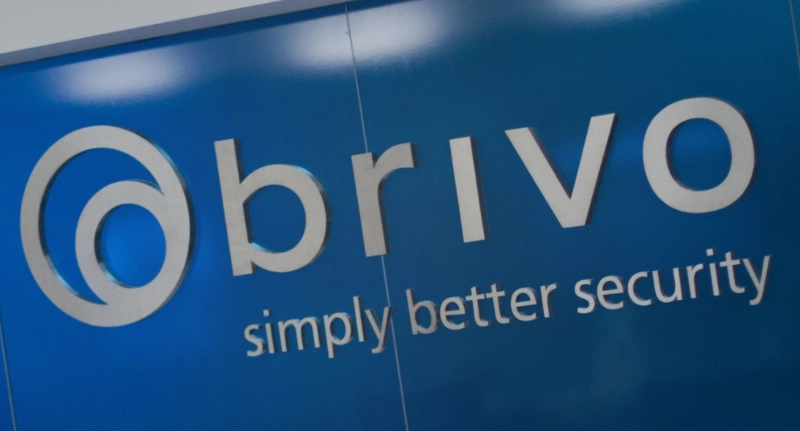Organizations need to protect their employees, the public, and themselves in the event of security threats or unplanned threats such as natural disasters. When a security team’s focus shifts from proactive defense to reactive response, this depletes budget and resources. A strong architectural approach must include security-by-design, which acts as the overarching blueprint for creating a flexible and resilient security backbone. Incorporating the critical function that security planning plays at the outset of an architecture design project is just good business.
Proactive Nature
Involving a security expert in the design phase utilizes their in-depth knowledge to foresee potential weaknesses rather than only responding to problems. Incorporating security planning early in the design process enables firms to proactively develop and execute physical security systems that assist in preventing incidents by utilizing threat intelligence, security data, and the latest in access control technology. A well-planned design guarantees that construction workers are aware of what has to be built, how much it will cost, and what obstacles they might face. This promotes a safe and effective building process.
“Security means a number of different things—it can mean heavy doors, cameras, guards, many of the things people think of as ‘security’. But it also means building things to discourage threats and encourage secure behavior. Integrating this from the start is the only way to do this right.”
Security Team Empowerment
Early security planning provides security personnel with a methodical and planned system. This strategy has a significant benefit in simplicity and cost-effectiveness. By facilitating the design of secure systems, optimizing workflows, and seamlessly integrating security solutions, security-by-design reduces complexity and operational overhead. This lets building security teams focus on high-value tasks like security strategy development, threat hunting, and incident response.
Project Optimization
Thorough information collection at the outset of a project makes it easier to design a dazzling structure that satisfies physical security criteria and passes inspections with ease. AEC professionals can avoid the difficulties of retrofitting that may compromise security by adopting a security-by-design strategy that satisfies these requirements from the outset. According to the Structure and Infrastructure Engineering Journal, design changes and errors that occur during the construction phase of a building drive 52% of project overruns.
“Perhaps the biggest problem is that post-build fixes will be sub-optimal when compared to solving problems in the design stage…”
When building designs don’t need to be adjusted, construction workers accomplish excellent work in a timely manner. It also helps interior designers and craftsmen deliver a building that is visually stunning AND secure.
Your Design Partner
Brivo’s recent research confirms that security is a top priority in building design and reveals critical process improvements that deliver cost savings together with delightful aesthetic experiences for residents and owners. The research report, “The State of Security by Design,” will soon be available on our AEC Security Solutions website.
Brivo’s cloud-based access control technology is available in REVIT and provides security design support services. We partner with you from specifications and bid writing all the way through execution and construction.













